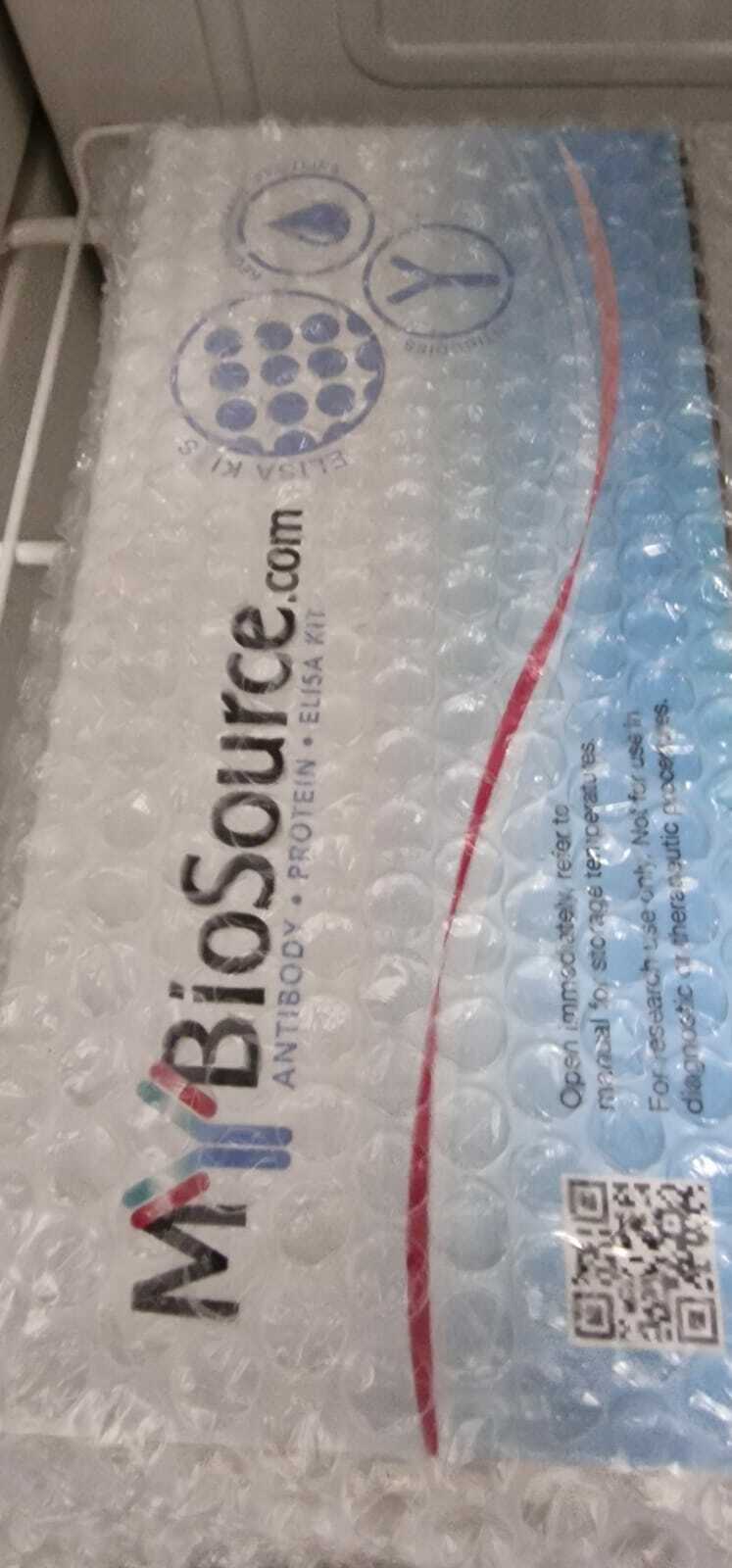ELISA kits that Gentaur offers from Cusabio
Sandwich ELISA Kits:
These kits typically involve capturing the target analyte with a specific antibody immobilized on a solid surface (e.g., a microplate) and then detecting it with a second antibody labeled with an enzyme. The enzyme reaction produces a measurable signal.
Competitive ELISA Kits:
In competitive ELISA, the target analyte competes with a labeled analyte for binding to a limited amount of immobilized antibody. The degree of competition determines the amount of labeled analyte detected, providing a quantitative measure.
Direct ELISA Kits:
Direct ELISA involves immobilizing the target antigen directly onto a solid surface, followed by the addition of an enzyme-labeled antibody specific to the target. The enzyme-substrate reaction generates a measurable signal.
Indirect ELISA Kits:
Indirect ELISA involves immobilizing the antigen on a solid surface, detecting it with a primary antibody, and then detecting the primary antibody with a labeled secondary antibody. This amplifies the signal and allows for the detection of low concentrations of the analyte.
Quantitative ELISA Kits:
These kits are designed for the quantitative measurement of specific analytes in a sample. They often include standards of known concentrations to generate a standard curve for accurate quantification.
Qualitative ELISA Kits:
Qualitative ELISA kits are designed to determine the presence or absence of a specific analyte in a sample but may not provide precise quantitative information.
Human ELISA Kits:
Cusabio offers many ELISA kits specifically designed for the detection of human proteins, allowing researchers to study human biology and disease.
Mouse, Rat, and other Species ELISA Kits:
ELISA kits designed for the detection of proteins in mouse, rat, and other species are available for researchers working with specific model organisms.
.
DT3C cell killing assay and antibody internalization effects.
DT3C, antibody internalization assays and internalization experiment:
DT3C Cell Killing Experiment – Antibody Internalization Effect Assay:
1. Cell Culture:
Cultivate DT3C cells under appropriate conditions, maintaining them in a healthy and proliferative state.
2. Antibody Labeling:
Label the antibody of interest with a suitable fluorophore or radioactive label. This can be done using commercially available antibody labeling kits.
3. Incubation with Cells:
Incubate DT3C cells with the labeled antibody. This step allows the antibody to interact with the cell surface.
4. Antibody Internalization:
After a defined period, typically ranging from minutes to hours, assess the internalization of the labeled antibody into the cells. This can be done through various methods:Immunofluorescence: Fix and permeabilize cells, then visualize internalized antibodies using fluorescence microscopy.
Flow Cytometry: Analyze the cells using flow cytometry to quantify the percentage of cells with internalized antibodies.
Radioactive Counting: If radioactive labeling is used, measure internalization through radioactivity counting.
5. Cell Viability and Killing Assay (DT3C cell killing):
Assess cell viability after exposure to the antibody. This could include standard viability assays such as MTT, WST-1, or Trypan Blue exclusion.
Evaluate cell killing effects of DT3C cells induced by the antibody.
6. Data Analysis:
Analyze and interpret the data. Correlate the internalization efficiency of the antibody with the observed cell killing effects.
7. Controls:
Include appropriate controls, such as cells treated with a non-targeting antibody or untreated cells, to establish a baseline for comparison.
8. Optimization:
Optimize conditions like incubation time, antibody concentration, and temperature to achieve optimal internalization and cell killing effects.
9. Repeat and Validate:
Repeat the experiment to validate results and ensure reproducibility.
Always consider safety precautions and ethical considerations when conducting experiments involving cell cultures and potentially harmful substances. Additionally, specific details may vary depending on the characteristics of DT3C cells and the antibodies used. Adjust the protocol accordingly based on your specific experimental setup and requirements.
oe.
Food Safety
& Dr g Residues Elisa Kits
Bacterials, parasites, chemicals, dr g residual and other food contaminations

Cusabio's highlited Products
-

GAPDH Monoclonal Antibody | CSB-MA000071M2m
Cusabio Tag & Control
€256.00 - €360.00GAPDH Monoclonal Antibody | CSB-MA000071M2m | CusabioGAPDH Monoclonal Antibody is Available at Gentaur Genprice with the fastest delivery.Online Order Payment is possible or send quotation to...- SKU:
- CSB-MA000071M2m
- Availability:
- 3 to 7 Working Days
-

GAPDH Monoclonal Antibody | CSB-MA000071M1m
Cusabio Tag & Control
€256.00 - €360.00GAPDH Monoclonal Antibody | CSB-MA000071M1m | CusabioGAPDH Monoclonal Antibody is Available at Gentaur Genprice with the fastest delivery.Online Order Payment is possible or send quotation to...- SKU:
- CSB-MA000071M1m
- Availability:
- 3 to 7 Working Days
-

GAPDH Monoclonal Antibody | CSB-MA000071M0m
Cusabio Tag & Control
€256.00 - €360.00GAPDH Monoclonal Antibody | CSB-MA000071M0m | CusabioGAPDH Monoclonal Antibody is Available at Gentaur Genprice with the fastest delivery.Online Order Payment is possible or send quotation to...- SKU:
- CSB-MA000071M0m
- Availability:
- 3 to 7 Working Days
-

6*His Monoclonal Antibody | CSB-MA000011M0m
Cusabio Tag & Control
€256.00 - €360.006*His Monoclonal Antibody | CSB-MA000011M0m | Cusabio6*His Monoclonal Antibody is Available at Gentaur Genprice with the fastest delivery.Online Order Payment is possible or send quotation to...- SKU:
- CSB-MA000011M0m
- Availability:
- 3 to 7 Working Days



